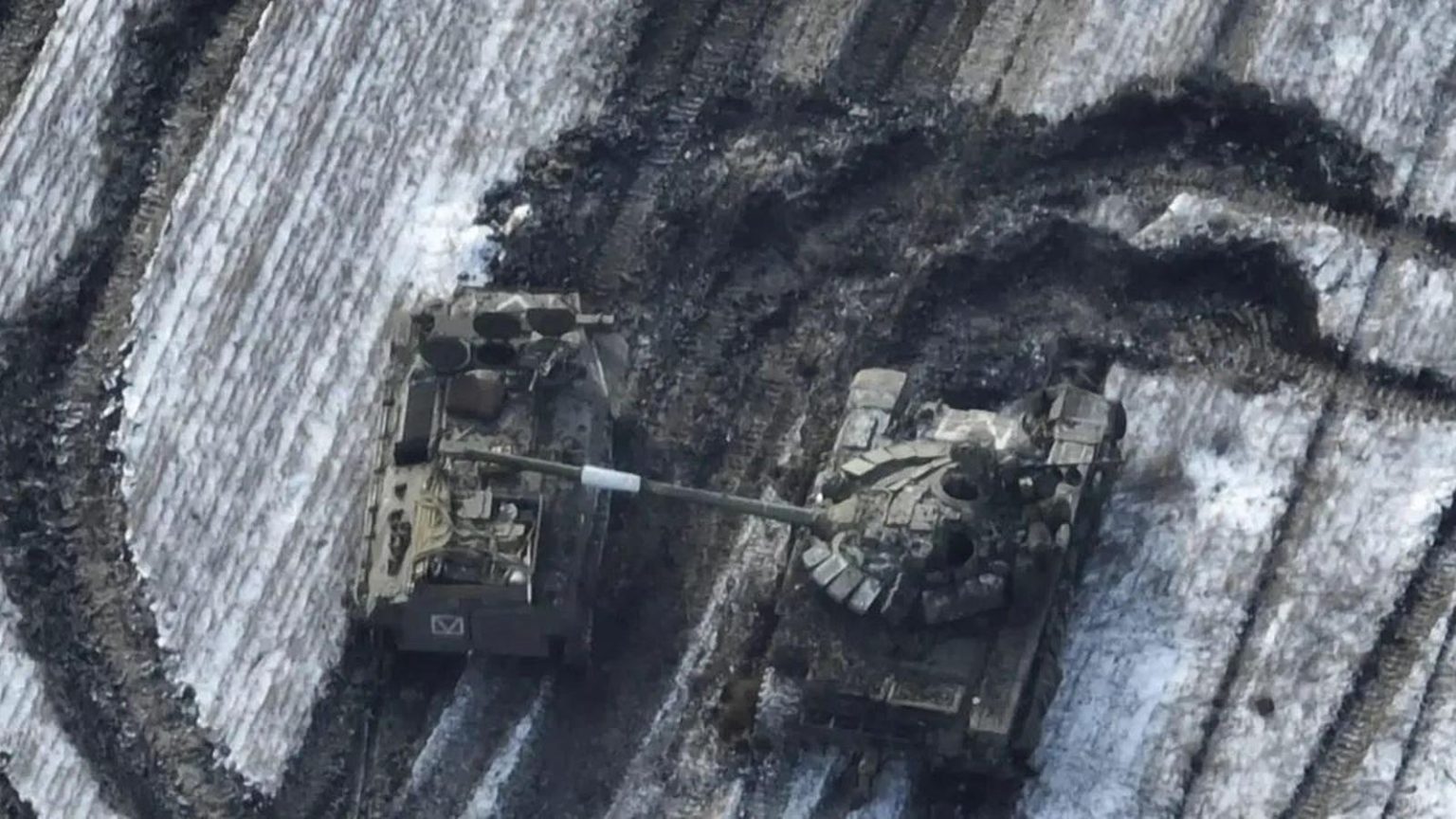Since late 2022, Russian forces have been trying to capture Vuhledar, a mining town with a pre-war population of 14,000 that anchors the point in Ukraine’s Donetsk Oblast where the southern front line bends left and threads north through eastern Ukraine.
They may finally be on the cusp of succeeding. A determined assault by the Russian army’s 57th Motor Rifle Brigade that kicked off this week has breached the defenses of the Ukrainian army’s 72nd Mechanized Brigade. Now Russian troops are in southern Vuhledar—and the weary Ukrainian garrison may already be retreating to the north.
If the 57th Motor Rifle Brigade captures the bomb-blasted ruins of Vuhledar in the coming days, it’ll be a victory for Russia—but a highly qualified one. Just reaching the outskirts of Vuhledar has cost the Russian armed forces around a thousand vehicles and potentially several thousand troops.
The 72nd Mechanized Brigade’s stubborn defense of Vuhledar—with mines, artillery, anti-tank missiles and drones—has destroyed entire Russian brigades.
A monthslong series of Russian assaults across the fields outside Vuhledar in late 2022 and early 2023 may have been the costliest for the Russians. At the time, Russian operations in this sector were led by a pair of marine units belonging to the Russian navy’s Pacific fleet: the 40th and 155th Naval Infantry Brigades.
The marines’ failed attacks on Vuhledar between November 2022 and February 2023 were among the bloodiest of the war to this point. The 155th Naval Infantry Brigade, which on paper had around 3,000 troops, lost as many as 300 troops a day for days on end and was “nearly destroyed” by February 2023, according to the Warsaw Institute, a Polish think tank.
The Kremlin sent replacement troops—and ordered the 155th Naval Infantry Brigade back into action. It promptly got destroyed again. “The 155th has likely been reduced to combat ineffective status at least twice in the last six months, due to being committed to tactically flawed frontal assaults near Vuhledar,” the U.K. defense ministry concluded in April 2023.
The 40th Naval Infantry Brigade may have fared slightly better, but not by much. Altogether, the marine brigades and supporting army units also wrote off around a thousand tanks, fighting vehicles, trucks and artillery pieces, according to a tally by WarSpotting, a collective that scours social media for evidence of wrecked vehicles in Ukraine.
Not coincidentally, that’s around two brigades’ worth of vehicles—and nearly six percent of all vehicles Russia has lost in 31 months of hard fighting in Ukraine. Ukrainian forces’ own losses in and around Vuhledar were much lighter, as they mostly hunkered in their trenches and bunkers and blasted the attacking Russians from a distance with mines, artillery, missiles and drones.
Today, the 40th Naval Infantry Brigade has shifted a few miles to the west along the southern front, leaving the current attacks on Vuhledar to the army. The third iteration of the 155th Naval Infantry Brigade is up north in Russia’s Kursk Oblast, counterattacking invading Ukrainian forces.
Whether the occupation of the ruins of Vuhledar justifies the repeated destruction of one or both of these brigades is a question only the Kremlin, and the survivors of the ill-fated units, can answer.
Read the full article here





